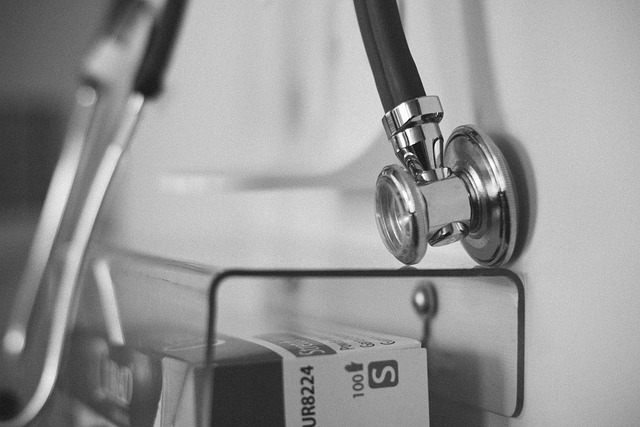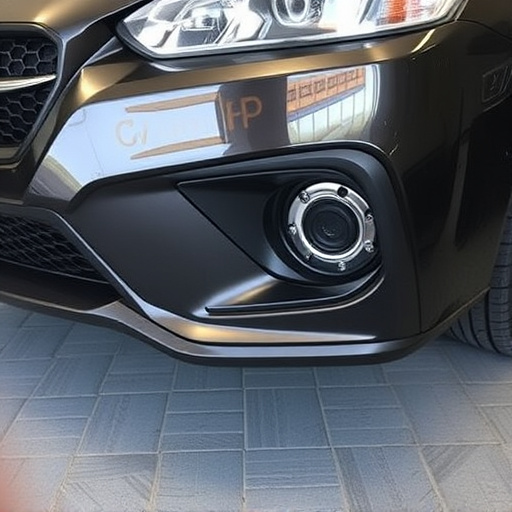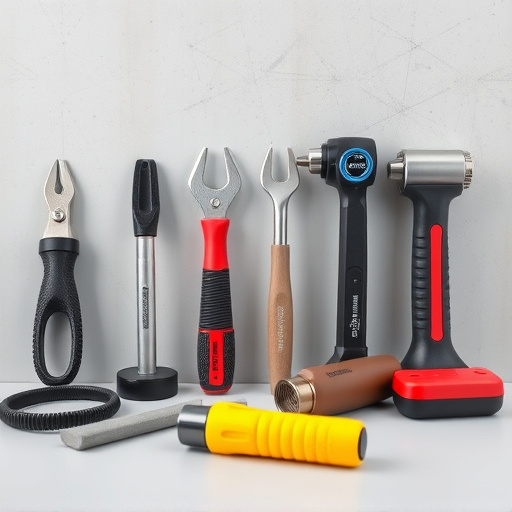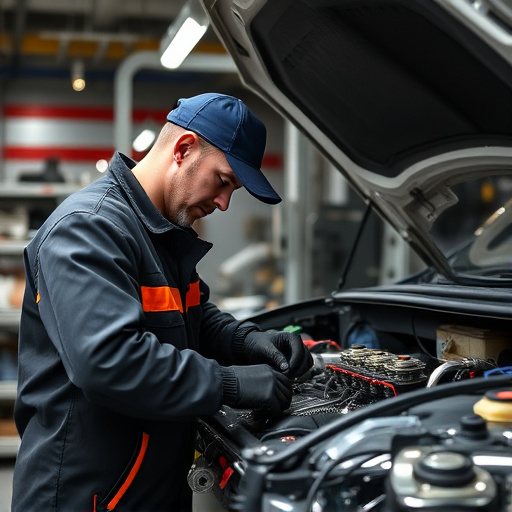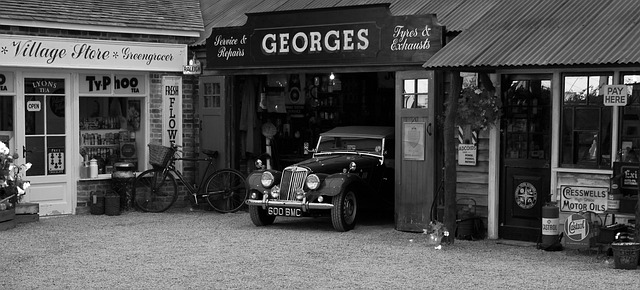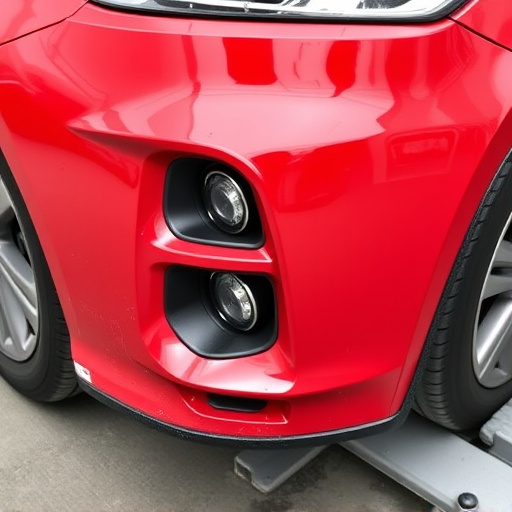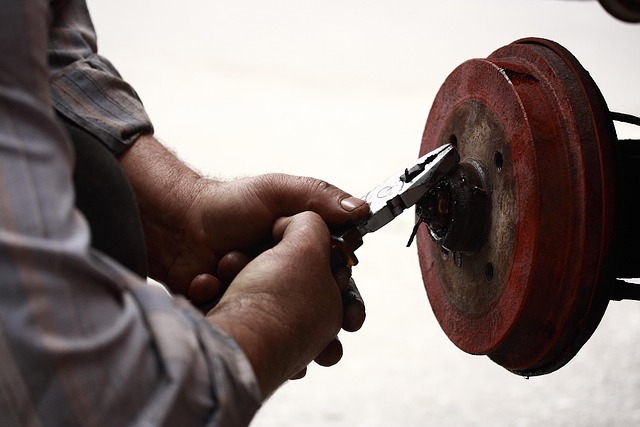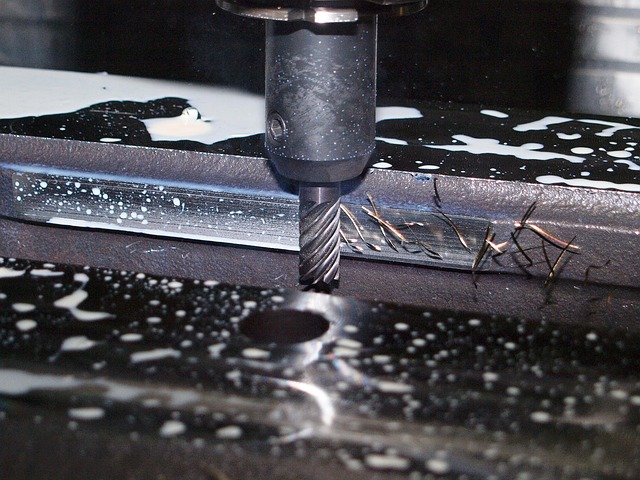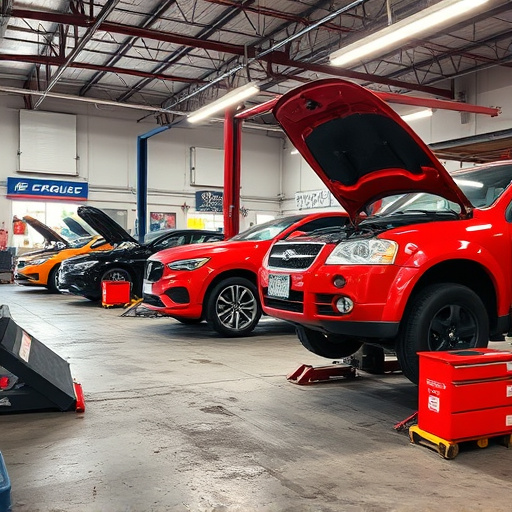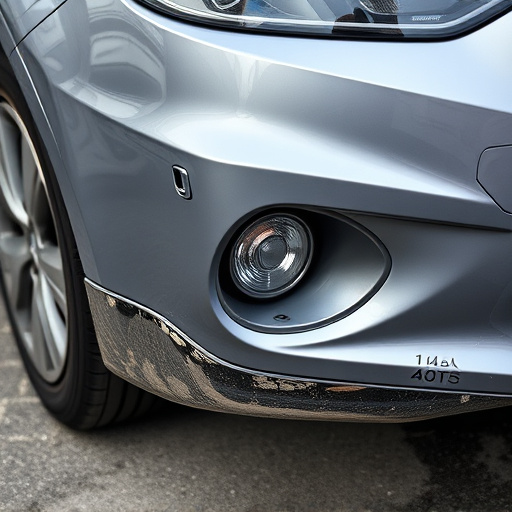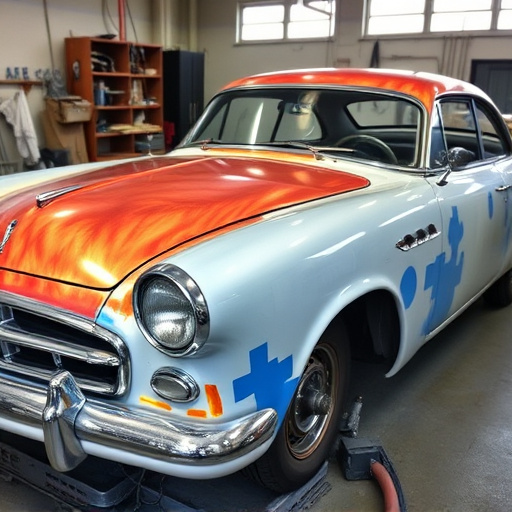Panel alignment procedures are vital in auto body repair, ensuring high-quality outcomes by meticulously restoring damaged panels to original specifications. Reputable shops use specialized tools and techniques to maintain structural integrity, prevent future misalignments, and guarantee customer satisfaction. These procedures are paramount for safety, aesthetics, and resale value, crucial in both historical restoration and modern luxury vehicle repairs, adhering to manufacturer guidelines and best practices for effective dent removal while preserving original vehicle aesthetics.
Panel Alignment Procedures are essential processes ensuring precise repair and restoration quality. This comprehensive guide explores the intricate world of these procedures, delving into their significance in the repair industry. We’ll uncover how proper alignment impacts overall quality assurance, offering insights into best practices for optimal implementation. From understanding fundamental techniques to adopting strategic approaches, this article aims to empower professionals, fostering superior craftsmanship through effective panel alignment.
- Understanding Panel Alignment Procedures
- The Impact on Repair Quality Assurance
- Best Practices for Effective Implementation
Understanding Panel Alignment Procedures
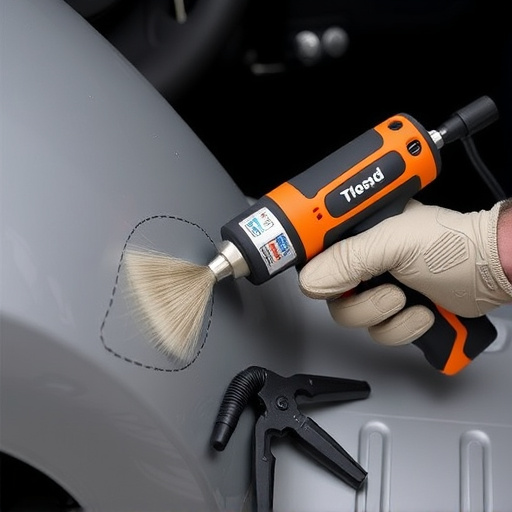
Panel alignment procedures are a crucial step in ensuring high-quality repairs in auto body shops. These processes involve meticulously adjusting and realigning damaged panels to their original specifications, removing any wrinkles, gaps, or misalignments. Proper panel alignment is vital for achieving seamless finishes, as it guarantees that the repaired area seamlessly integrates with the rest of the vehicle’s body.
Automotive repair professionals employ various tools and techniques to accomplish this, including specialized equipment that measures and adjusts panels precisely. The goal is not just to fix the visible damage but to restore structural integrity, maintain the vehicle’s aesthetic appeal, and prevent future issues related to misaligned panels. Effective panel alignment procedures are a key component of quality assurance in any reputable auto repair shop, ensuring customer satisfaction with dent repair and overall vehicle restoration.
The Impact on Repair Quality Assurance
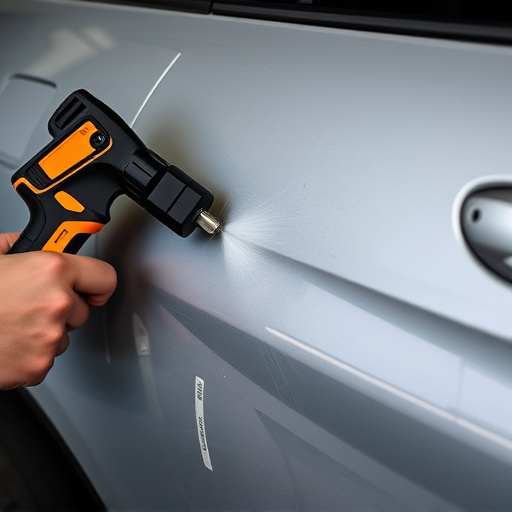
The precision and effectiveness of panel alignment procedures play a pivotal role in ensuring top-quality repairs in automotive collision repair or car repair shops. These procedures are crucial for restoring vehicle structures to their original specifications, thereby guaranteeing safety and aesthetics post-repair. Accurate panel alignment is vital to prevent issues like misaligned body panels, poor fitment, and unsightly gaps, which can compromise the structural integrity of the vehicle and negatively impact its resale value.
In automotive restoration projects, meticulous panel alignment procedures serve as a cornerstone for achieving historical accuracy and preserving the car’s original charm. The same level of detail is equally essential in modern car repair shops to meet high customer expectations. By implementing robust panel alignment techniques, auto body technicians can ensure that every part of the vehicle—from door panels to hoods—is aligned precisely, resulting in a seamless finish that reflects the quality and craftsmanship invested in the repair or restoration process.
Best Practices for Effective Implementation
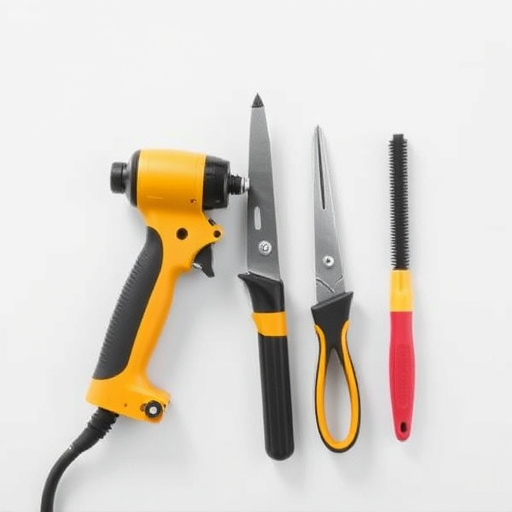
Implementing effective panel alignment procedures is a cornerstone of ensuring high-quality repairs, especially in premium car repair services like luxury vehicle repair. Best practices involve meticulous preparation and precise techniques. This includes using advanced tools designed for accurate measurements and adjustments, as well as adhering to manufacturer guidelines for each specific make and model. Proper training for technicians is vital; they should be skilled in operating these tools and understanding the intricate details of panel alignment.
A structured workflow optimizes efficiency. The process begins with damage assessment, followed by temporary bracing if needed. Then, precise removal of damaged panels facilitates accurate alignment. During realignments, regular checks at key points ensure optimal results. Finally, reinstallation and tightening according to specified torque values complete the procedure. These best practices guarantee not just effective dent removal but also maintain the original aesthetics of vehicles, enhancing customer satisfaction in car repair services.
Panel alignment procedures are instrumental in ensuring high-quality repairs. By accurately understanding and implementing these processes, repair facilities can significantly enhance their quality assurance efforts. This article has explored the fundamental aspects of panel alignment, its profound impact on repair accuracy, and best practices to optimize this critical step. Adhering to these guidelines will not only streamline operations but also lead to more reliable and consistent outcomes, ultimately boosting customer satisfaction.
